Despite a pre-dawn flight to the UK, Laurens van den Acker, the hugely accomplished Renault Group design director, bounds out of the Rafale with enthusiasm. “This is like Christmas for me,” he beams.
Today’s festivities go back several months, when van den Acker mentioned that, despite being good friends with Marek Reichman, Aston Martin’s chief creative officer, he had never driven one of Gaydon’s finest. Such opportunities don’t usually arise when you work for a different car firm – but Autocar can make things happen.
So while van den Acker and Reichman reunite outside Aston’s HQ, parked close by are a mighty V12 Vanquish and a vivid yellow Renault 5. After swapping keys, the two design directors head out into the Warwickshire countryside, eventually to meet us at Caffeine & Machine.
The conversation has been edited for length and clarity.

Autocar: How was the drive?
Marek Reichman: I tried to show Laurens some of the local historical points, and they’re very nice roads. These are our test bed: they’re typically British B-roads, with uneven cambers, potholes, undulations and tight corners. They’re exciting. Our car was developed for these roads, so you get the full sensation.
AC: Laurens, how did you find it?
Laurens van den Acker: To drive this car how it should be driven and where it should be driven, I’m a boy whose dream has come true. I don’t think I’ve ever experienced this type of acceleration before. I was laughing out loud. You feel the adrenaline pumping, and the car just invites you to go faster. I thought I would be intimidated by the Vanquish, but when you really push it, it wants you to come play.

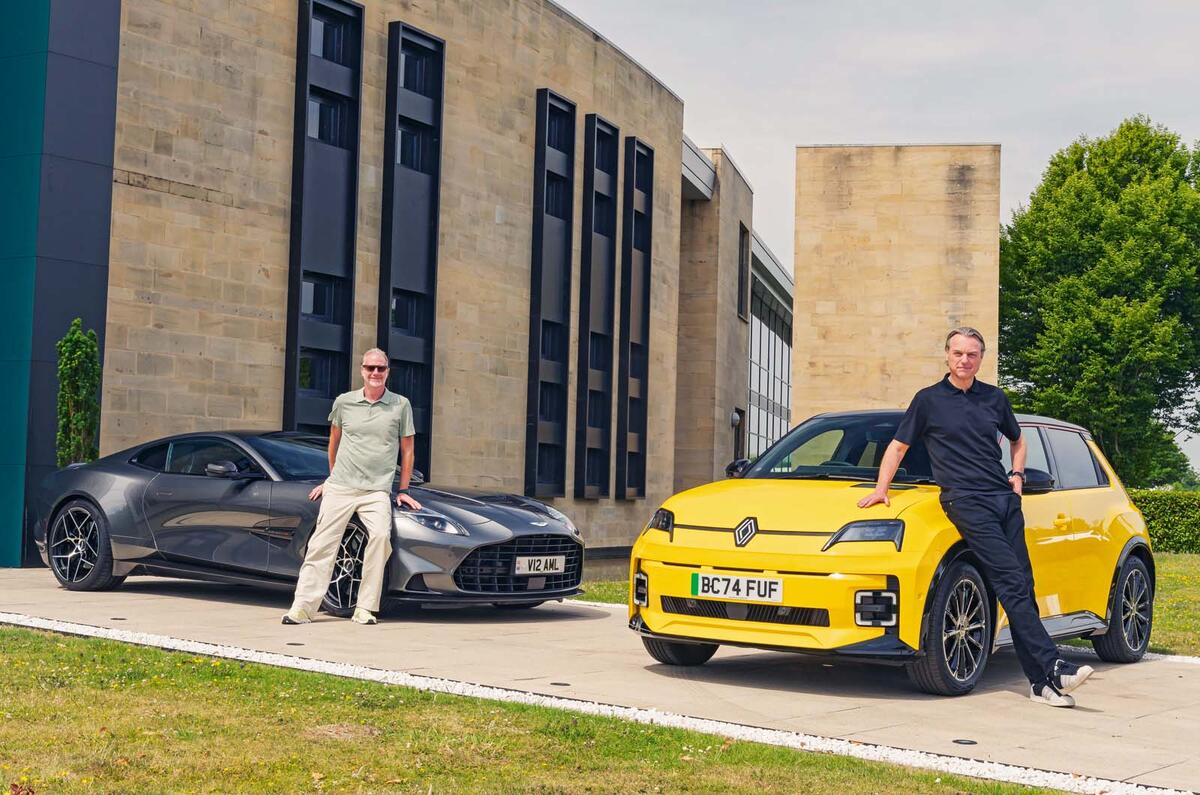





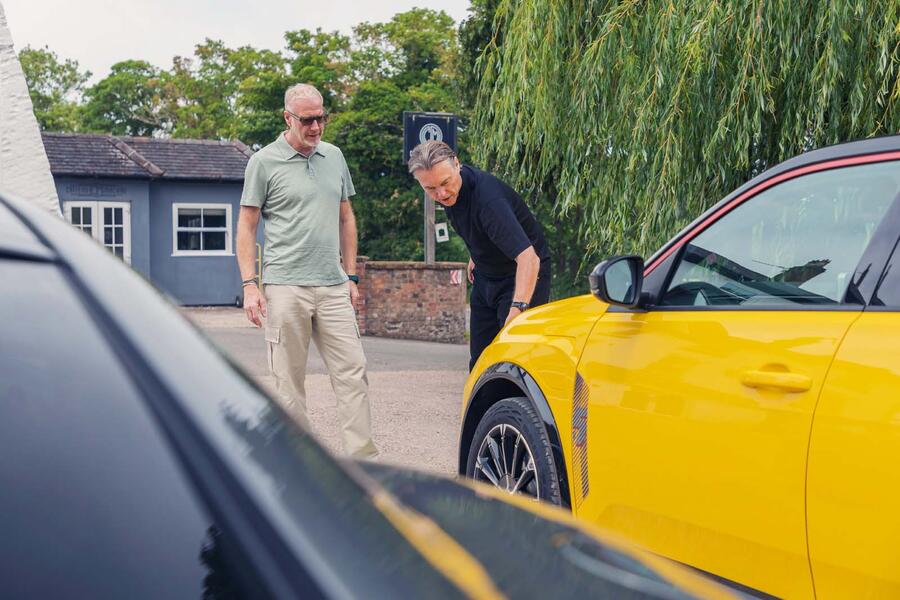
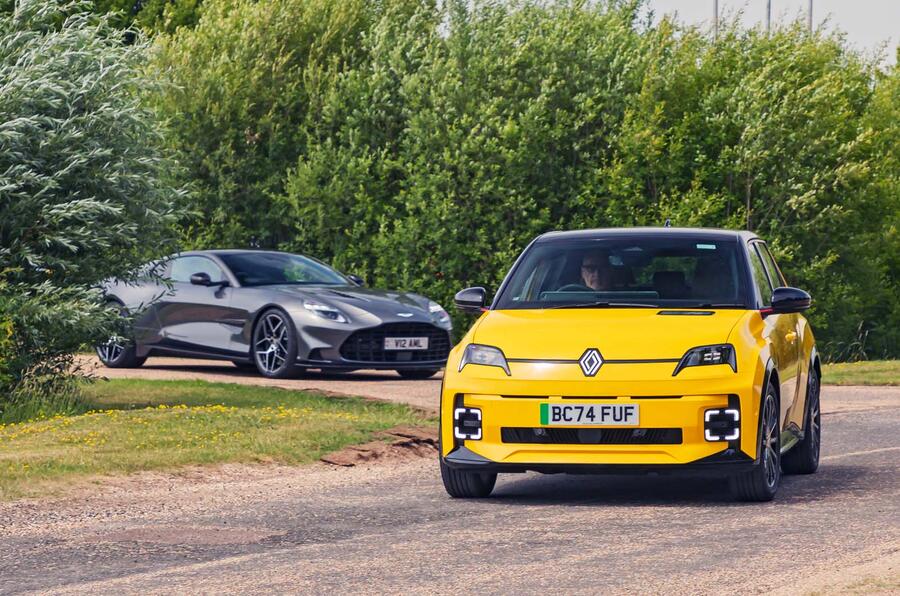
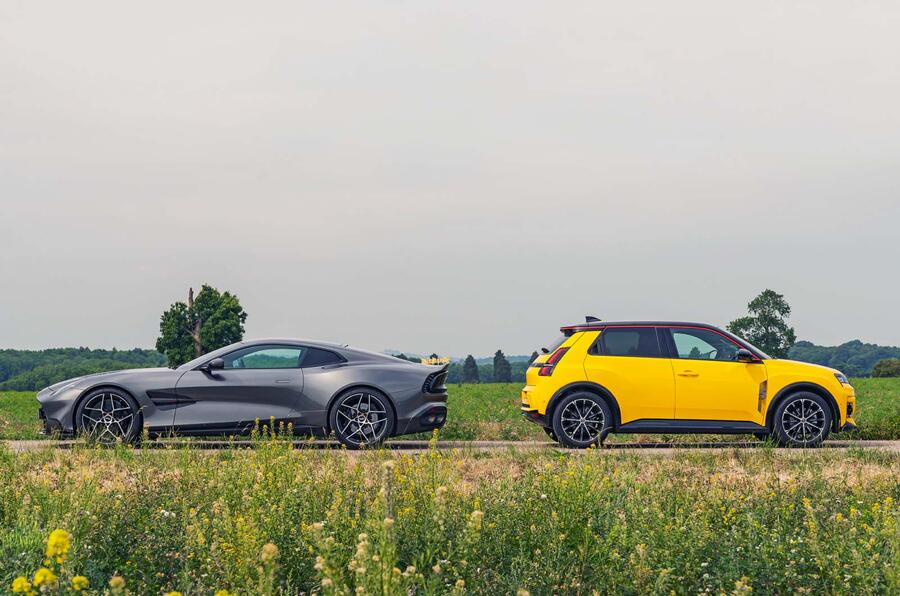
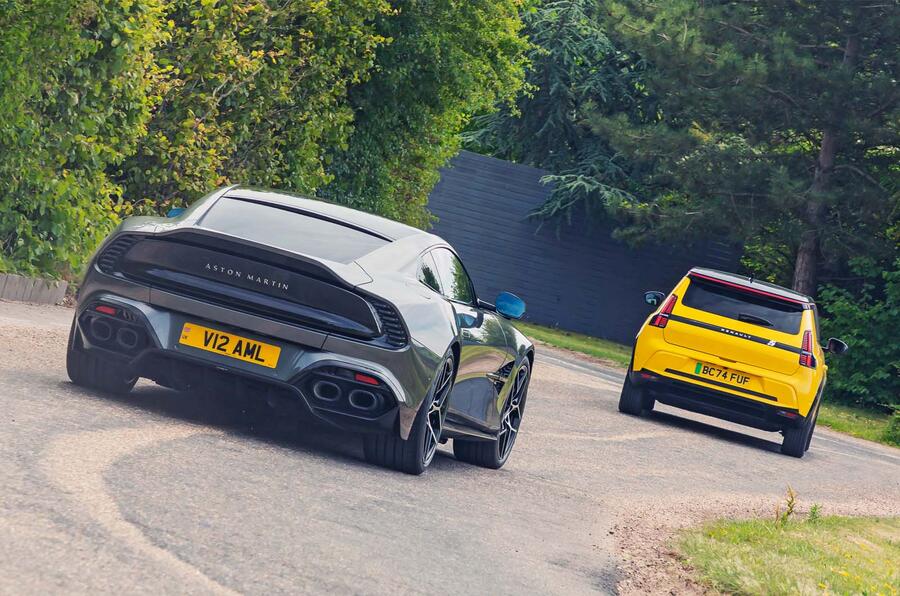

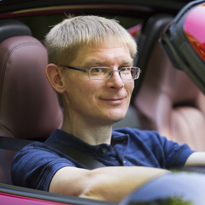





Join the debate
Add your comment
I agree with monkeydaddey, more articles like this please. It had insight and enthusiasm.
let's see more articles like this!